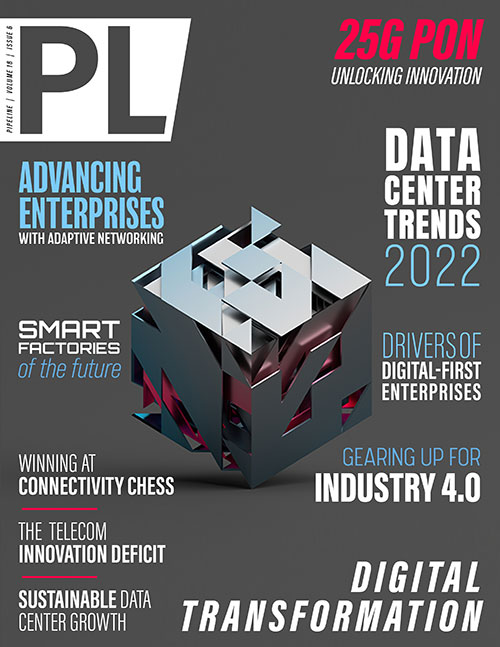The Drivers of Digital-First Enterprise Strategy
By: Shashi Kiran

Over the last decade, enterprises have invested considerably in technologies fueling digital transformation. According to Gartner, 82 percent of CFOs increased their investment in 2021 compared to 2020. This is a significant uptick and entails a broad spectrum. The highest priority was in the areas of enhancing digital capabilities (82 percent) followed by IT (70 percent), which is a broad spectrum. The trend is likely to continue in 2022, as the pandemic has caused a rapid acceleration of such investments.
The motivation behind these investments, supported by the needs of CIOs, CEOs, CMOs, CISOs, CCOs and CROs in an organization, has been to really make an organization nimbler, to increase business agility, improve customer (and user) experience, reduce cost, and increase competitiveness. Top initiatives have included application modernization, the move to cloud with as-a-service delivery and consumption models that are usage-based.
We polled 1600 enterprise decision-makers to understand their top motivations in a global survey we conducted on the Global State of the WAN (SOTW). This focused on some aspects of the digital transformation value chain. The respondents of this survey were global, with 34 percent of organizations headquartered in the Americas, 30 percent in Europe and a little over 27 percent in the Asia Pacific region. They came from diverse verticals that included manufacturing, technology services, software and the Internet, financial services, and retail and business services. Job roles included C-level, as well as practitioners of network, security and cloud deployments. In this article, I will share some highlights relevant to the broader tech community, to evaluate trends based on what their global peers are stating as well as to use some of these data points to plan their wide area network (WAN), security and cloud infrastructure as part of their digital transformation initiatives.
Infrastructure investment for hybrid work environments
The pandemic had a huge impact on the worker and the workplace. The onus has been on providing flexibility to remote as well as on-site workers while minimizing costs and improving productivity.
As more workers went remote, digital technologies had to be brought in across the board. Consider the paradigm shift: doctors having patient consultations via video conferencing; home appraisals being conducted via mobile video; corporate employees collaborating via Zoom conferencing; and teams working from “remote” home locations. Organizations are working hard to make their employees productive regardless of location. This has led to an acceleration of 48 percent of digital transformation projects relating to upgrading the network and security infrastructure as well as focusing on application performance.
Application modernization and growth in SaaS applications
Cloud and SaaS-based applications continue to gain traction, with almost a third of survey respondents indicating that over half of their applications run in the cloud, and more moving that way. We have seen this trend continue to grow, as enterprises enjoy the simplicity of the consumption model, the freedom of not having to purchase or deploy infrastructure on their own and the ability to manage change based on the dynamic needs of the user or site. Among the survey respondents, Microsoft Teams (58 percent), Office 365 (55 percent), Zoom, Google Docs, and Salesforce were all examples of top SaaS applications.
These results are not surprising, as they speak to the rollout of collaboration and productivity software with a distributed employee base.
Tackling complexity by simplifying service consumption
As the infrastructure stack has grown, so has the complexity. This results from a wide range of factors: the combination of legacy and greenfield deployments, as well as the coordination of myriad vendors, operational models, and on-premises and cloud



















